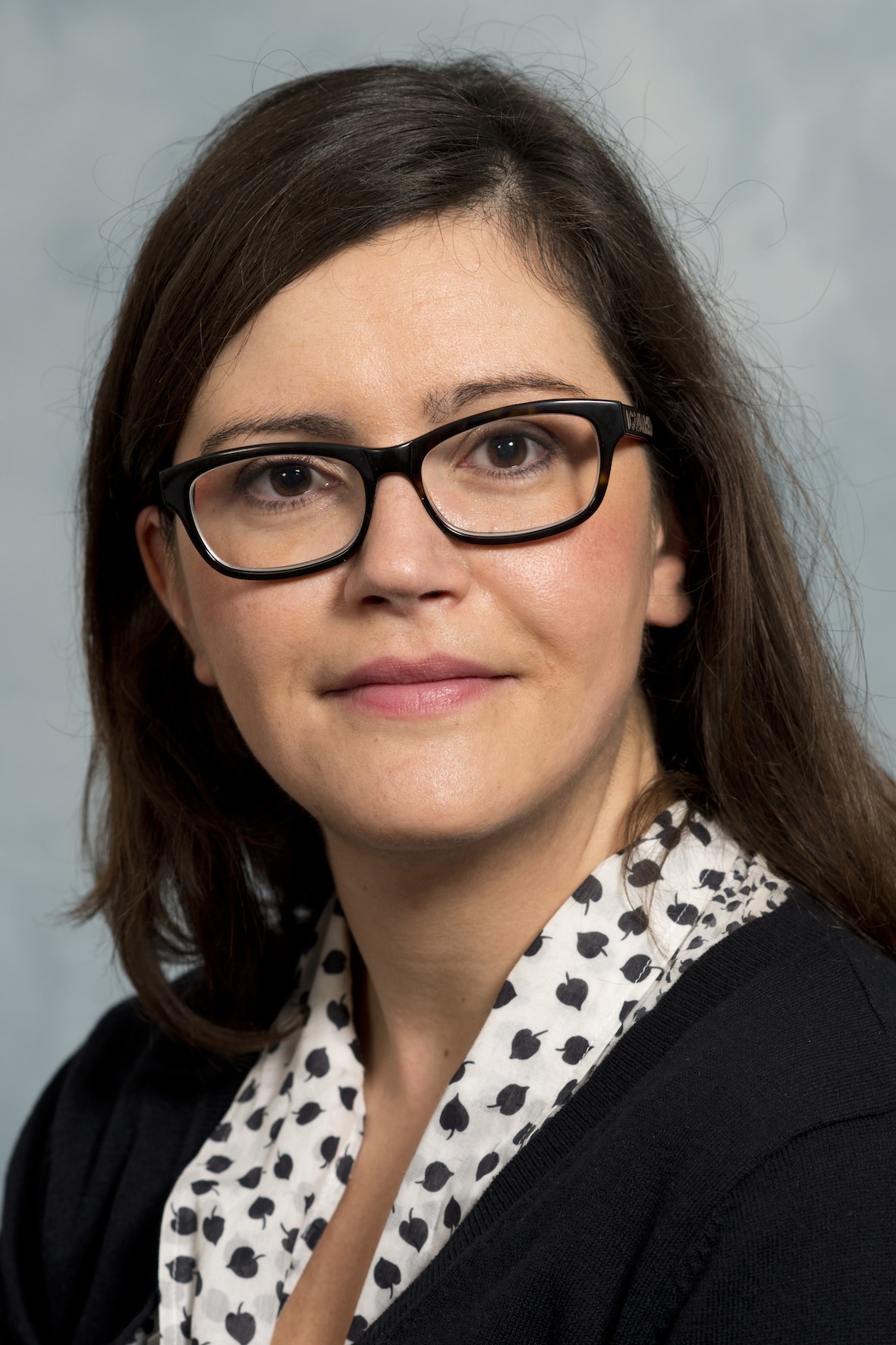Expanding the genetic code – new chemistries and tools for biology
Nature uses a limited set of twenty amino acids to synthesize proteins. In recent years it has become possible to site-specifically incorporate designer amino acids with tailored chemical properties into proteins in living cells by reprogramming the genetic code. Together with developments in designing chemical reactions that are applicable to and selective within living systems, these strategies have begun to have a direct impact on studying biological processes.
In this talk I will present our lab’s efforts to expand the genetic code and to endow proteins with novel chemical moieties within their physiological environment. By site-specifically incorporating artificial designer amino acids into proteins, we have developed tools to image and probe proteins,[1,2] to study protein-protein interactions and stabilize low-affinity protein complexes[4-6] and to re-engineer and manipulate molecular networks and biological pathways such as ubiquitylation in living cells.[7-9]
We envision that these approaches and technologies will enable the study of biological processes that are difficult or impossible to address by more classical methods.
- K. Lang et al.; Chem. Rev. 2014, 114, 4764.
- S.V. Mayer et al.; Angew. Chem. Int. Ed. 2019, 58, 15876.
- M. Cigler et al.; Angew. Chem. Int. Ed. 2017, 56, 15737.
- T.A. Nguyen et al.; Angew. Chem. Int. Ed. 2018, 57, 14350.
- T.A. Nguyen et al.; Angew. Chem. Int. Ed. 2022, 61, e20211108.
- J. Du et al., Nat. Commun. 2021, 12, 460, doi: 10.1038/s41467-020-20702-2.
- M. Fottner et al.; Nat. Chem. Biol. 2019, 15, 276.
- M. Fottner et al.; Nat. Commun. 2021, 12, 6515.
- M. Fottner et al.; J. Am. Chem. Soc. 2022, 144, 13118.
